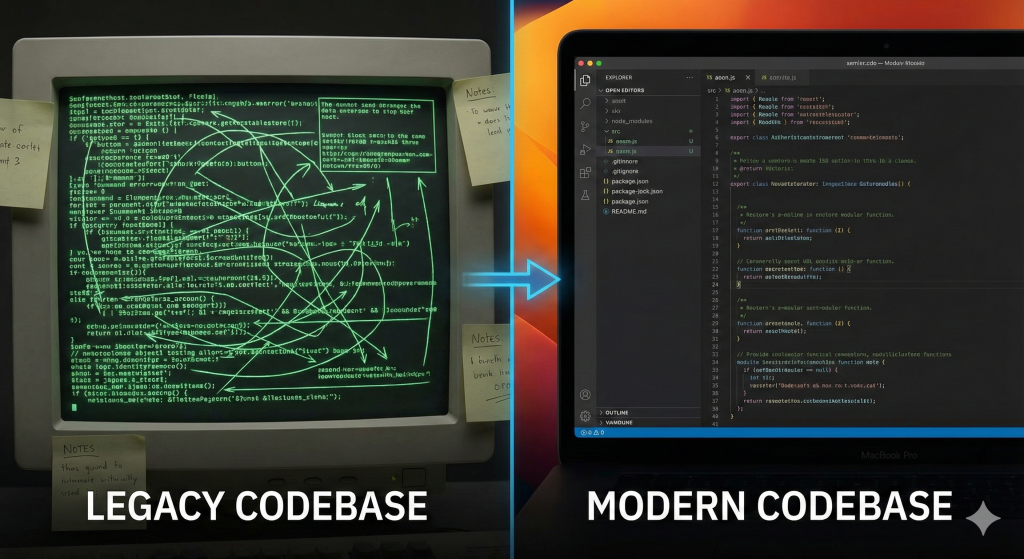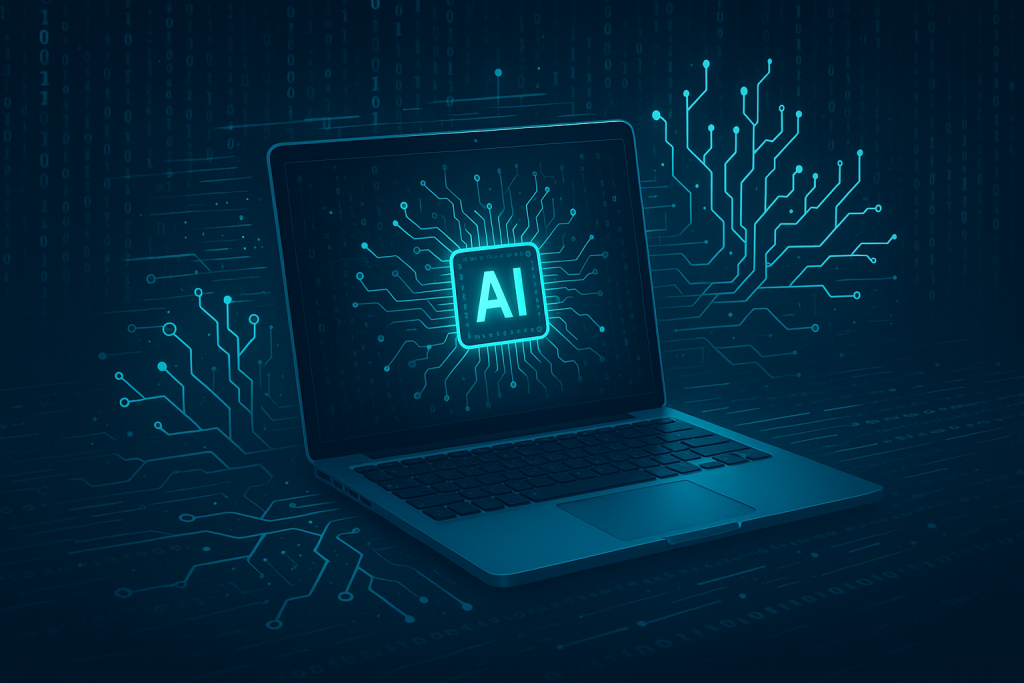Introduction to Event-Driven Architecture
Event-driven architecture (EDA) is a paradigm that focuses on the production, detection, and response to events. This design pattern emphasizes decoupled systems where independent components react to data as it flows through the system, enhancing scalability and responsiveness. In contrast to traditional request-response models, EDA allows for dynamic and real-time processing, making it especially useful in distributed systems. As noted by PubNub, the ability to process events immediately as they occur aligns well with modern application needs.
Differentiating EDA from Traditional Architectures
Traditional architectures are often built around synchronous, tightly coupled components with a clear caller and responder, typically using a request-response pattern. This can lead to bottlenecks as the entire system waits for each step to complete. In contrast, EDA enables asynchronous communication. Components, whether they produce or consume events, operate independently. As explained on GeeksforGeeks, this decoupling not only simplifies scaling but also provides improved fault tolerance. With events serving as the primary method of interaction between services, any delays or issues in one segment of the system do not necessarily bring down the entire operation.
Setting Up Event Brokers: Integrating Kafka and NATS with Go
An essential component in any event-driven architecture is the event broker. Brokers such as Kafka and NATS are instrumental in managing the flow of events between producers and consumers. When integrating these with Go, developers benefit from Go’s built-in concurrency and channel communication. Kafka, for instance, offers a robust solution for event storage and processing, while NATS provides a lightweight, high-performance messaging system that can handle a high volume of messages.
Implementing the integration involves setting up proper client libraries and configuring topics or channels. Detailed configurations include managing partitions, replication factors for Kafka, or clustering options for NATS. These systems ensure that events are reliably propagated across your distributed environment. For more insights into setting up effective event brokers, refer to resources such as the comprehensive guide by PubNub.
Developing Event Producers in Go
Event producers are responsible for generating and publishing events. Go’s simplicity and robust concurrency model make it an excellent choice for writing producers. A typical producer might define an event as a struct in Go, such as an OrderCreatedEvent, and then serialize it to JSON before publishing it to a broker like RabbitMQ. For example, a function to publish this event might look like:
func publishOrderCreatedEvent(event OrderCreatedEvent) error {
eventBytes, err := json.Marshal(event)
if err != nil {
return err
}
return rabbitMQChannel.Publish(
"orders_exchange",
"order.created",
false,
false,
amqp.Publishing{
ContentType: "application/json",
Body: eventBytes,
},
)
}This approach, as detailed on ByteGoblin.io, capitalizes on Go’s simplicity and ensures that events are correctly formatted and dispatched with minimal latency.
Building Event Consumers in Go
Just as producers are critical in generating events, consumers are essential for processing them. Consumers in Go typically use channels or external libraries to subscribe to event queues. A common example is consuming from a RabbitMQ queue that listens for events. When an event is received, the consumer deserializes the data and processes it accordingly. An example consumer function might resemble the following:
func startOrderCreatedConsumer() {
msgs, err := rabbitMQChannel.Consume(
"order_created_queue",
"",
true,
false,
false,
false,
nil,
)
if err != nil {
log.Fatalf("Failed to register a consumer: %s", err)
}
go func() {
for d := range msgs {
var event OrderCreatedEvent
if err := json.Unmarshal(d.Body, &event); err != nil {
log.Printf("Error decoding message: %s", err)
continue
}
handleOrderCreatedEvent(event)
}
}()
}This code sample, also provided by ByteGoblin.io, illustrates how to set up a consumer that continuously processes incoming messages. This model leverages Go’s concurrency to ensure that your system remains responsive under load.
Strategies for Event Reliability and Consistency
One of the primary challenges in EDA is ensuring that the sequence of events is reliably captured and processed. A common strategy for addressing these challenges is the Outbox Pattern. This pattern involves combining the database transaction that creates a new record with a parallel insertion into an outbox table. A separate process then reads from this table and publishes events to the broker. This dual-step process guarantees that events are not lost, even if a system failure occurs between the database update and event publication.
This method is essential for systems requiring strong consistency between persistent storage and event streams, as is detailed in the article on Medium. Implementing such patterns in Go can take full advantage of its efficient error handling and concurrency control, ensuring that your application can gracefully recover from interruptions.
Monitoring Event-Driven Systems in Go
Effective monitoring is critical for any production system, and for an event-driven architecture, it becomes particularly important. By implementing robust logging and metrics, developers can track the flow of events and identify potential bottlenecks or failures. Tools such as Prometheus for metrics collection and Grafana for visualization are commonly used alongside Go-based applications.
Monitoring should include details on event throughput, latency, error rates, and the status of individual components. This ensures that not only are you aware of system performance but that you can also proactively address potential issues before they escalate. This approach is further elaborated by insights from Jealous Dev’s blog.
Scaling and Optimizing Event-Driven Architecture
As systems grow, scaling becomes a top priority. In an event-driven architecture, scalability is built into the design: producers and consumers operate independently, allowing you to scale them based on demand. One optimization strategy involves using worker pools to manage concurrency effectively. Worker pools limit the number of goroutines processing events simultaneously, which can help to manage resource exhaustion and maintain system stability.
Other best practices include partitioning event topics to distribute load evenly and employing back-pressure mechanisms to avoid overload situations. As explained by GeeksforGeeks, these strategies not only optimize performance but also enhance the system’s resilience.
Frequently Asked Questions (F.A.Q.)
Q1: What makes Go particularly suitable for event-driven architectures?
A: Go offers an efficient concurrency model, simple syntax, and robust standard libraries that make it excellent for handling asynchronous event processing. Its goroutines and channels simplify implementing producers and consumers, as well as managing complex workflows.
Q2: How does the Outbox Pattern ensure event reliability?
A: The Outbox Pattern writes events to a separate table within the same database transaction as the data update. A dedicated process later publishes these events, ensuring that even in the event of a crash, no event is lost because it remains recorded in the database.
Q3: Which event brokers are most commonly used with Go?
A: Kafka and NATS are among the most popular brokers used with Go. Kafka is known for its reliable event storage and delivery, while NATS offers a lightweight, high-performance messaging solution.
Q4: What are the key challenges of adopting an event-driven architecture?
A: The main challenges include managing increased system complexity, ensuring proper event ordering and consistency, and implementing effective monitoring and debugging mechanisms in an asynchronous, distributed environment.
Conclusion: Best Practices and Future Trends in EDA with Go
Implementing event-driven architectures in Go offers substantial benefits, including improved scalability, flexibility, and real-time responsiveness. By leveraging Go’s powerful concurrency features alongside techniques such as the Outbox Pattern and worker pools, developers can build resilient systems that are both responsive and scalable. Adopting proper monitoring and alerting mechanisms ensures smooth operations even as system load increases.
Looking ahead, the trends indicate a continued shift towards decoupled, responsive architectures in distributed systems. As more organizations embrace microservices and cloud-native applications, the strategies detailed in this guide will be invaluable for building robust, future-proof software. Integrating modern event brokers and refining event-handling strategies will remain at the forefront of performant system design. For further reading, you can explore additional resources like the Golang Event-Driven Architecture Guide and comprehensive insights available on PubNub.
This in-depth examination of implementing EDA in Go should serve as a foundation from which to build and scale next-generation applications that meet modern demands for real-time and reliable performance. Happy coding!



